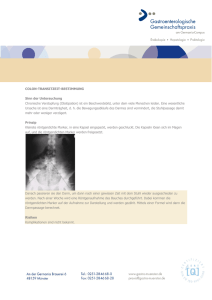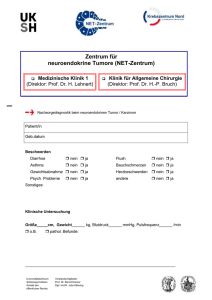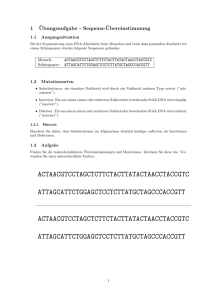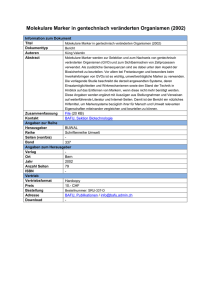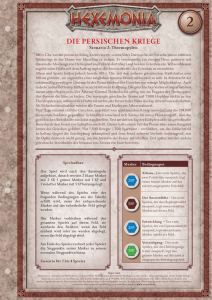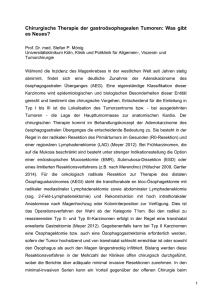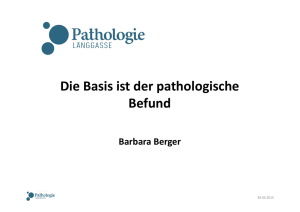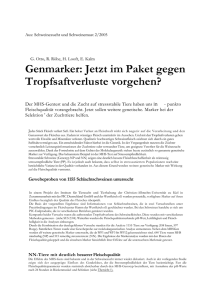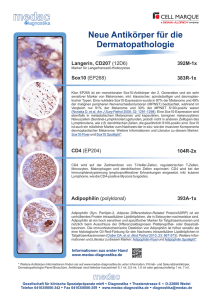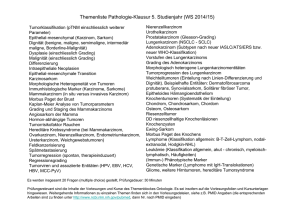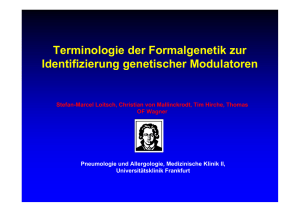Cadherin-17 - medac
Werbung
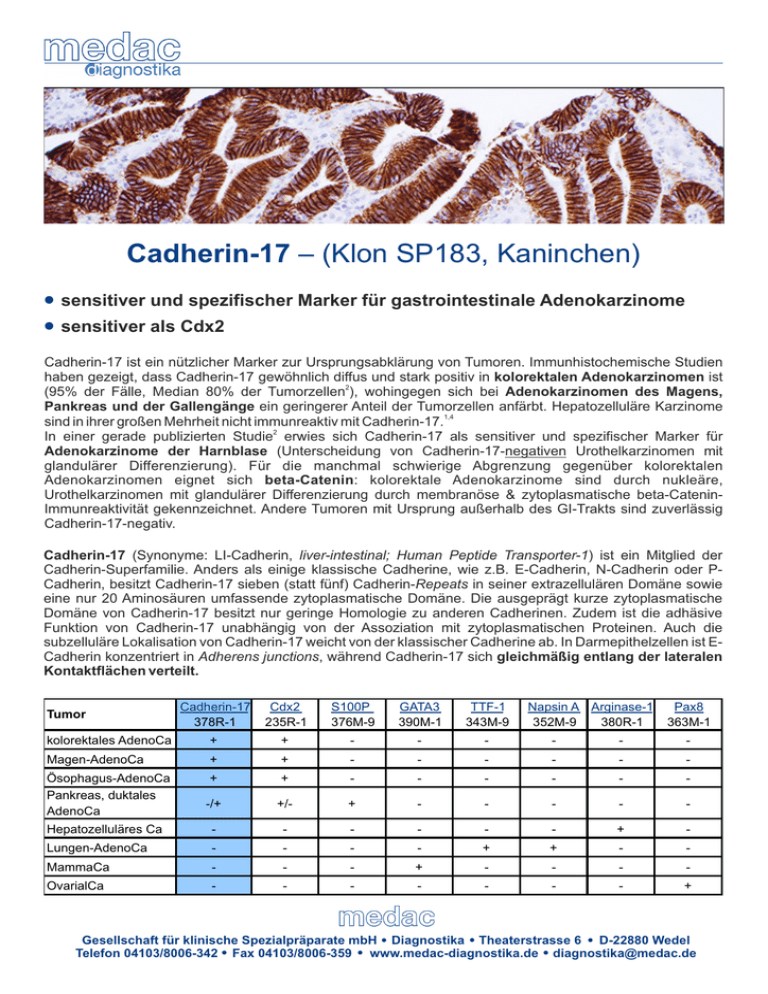
Cadherin-17 – (Klon SP183, Kaninchen) · sensitiver und spezifischer Marker für gastrointestinale Adenokarzinome · sensitiver als Cdx2 Cadherin-17 ist ein nützlicher Marker zur Ursprungsabklärung von Tumoren. Immunhistochemische Studien haben gezeigt, dass Cadherin-17 gewöhnlich diffus und stark positiv in kolorektalen Adenokarzinomen ist (95% der Fälle, Median 80% der Tumorzellen2), wohingegen sich bei Adenokarzinomen des Magens, Pankreas und der Gallengänge ein geringerer Anteil der Tumorzellen anfärbt. Hepatozelluläre Karzinome sind in ihrer großen Mehrheit nicht immunreaktiv mit Cadherin-17.1,4 In einer gerade publizierten Studie2 erwies sich Cadherin-17 als sensitiver und spezifischer Marker für Adenokarzinome der Harnblase (Unterscheidung von Cadherin-17-negativen Urothelkarzinomen mit glandulärer Differenzierung). Für die manchmal schwierige Abgrenzung gegenüber kolorektalen Adenokarzinomen eignet sich beta-Catenin: kolorektale Adenokarzinome sind durch nukleäre, Urothelkarzinomen mit glandulärer Differenzierung durch membranöse & zytoplasmatische beta-CateninImmunreaktivität gekennzeichnet. Andere Tumoren mit Ursprung außerhalb des GI-Trakts sind zuverlässig Cadherin-17-negativ. Cadherin-17 (Synonyme: LI-Cadherin, liver-intestinal; Human Peptide Transporter-1) ist ein Mitglied der Cadherin-Superfamilie. Anders als einige klassische Cadherine, wie z.B. E-Cadherin, N-Cadherin oder PCadherin, besitzt Cadherin-17 sieben (statt fünf) Cadherin-Repeats in seiner extrazellulären Domäne sowie eine nur 20 Aminosäuren umfassende zytoplasmatische Domäne. Die ausgeprägt kurze zytoplasmatische Domäne von Cadherin-17 besitzt nur geringe Homologie zu anderen Cadherinen. Zudem ist die adhäsive Funktion von Cadherin-17 unabhängig von der Assoziation mit zytoplasmatischen Proteinen. Auch die subzelluläre Lokalisation von Cadherin-17 weicht von der klassischer Cadherine ab. In Darmepithelzellen ist ECadherin konzentriert in Adherens junctions, während Cadherin-17 sich gleichmäßig entlang der lateralen Kontaktflächen verteilt. Cadherin-17 378R-1 Cdx2 235R-1 S100P 376M-9 GATA3 390M-1 TTF-1 343M-9 kolorektales AdenoCa + + - - - - - - Magen-AdenoCa + + - - - - - - Ösophagus-AdenoCa Pankreas, duktales AdenoCa + + - - - - - - -/+ +/- + - - - - - Hepatozelluläres Ca - - - - - - + - Lungen-AdenoCa - - - - + + - - MammaCa - - - + - - - - OvarialCa - - - - - - - + Tumor Napsin A Arginase-1 352M-9 380R-1 Pax8 363M-1 Gesellschaft für klinische Spezialpräparate mbH Diagnostika Theaterstrasse 6 D-22880 Wedel Telefon 04103/8006-342 Fax 04103/8006-359 www.medac-diagnostika.de [email protected] Bestell-Information Tel. 04103/8006-111 konzentriert Antikörper Klon Spezies Arginase-1 SP156 Kaninchen beta-Catenin 14 Maus Cadherin-17 SP183 Kaninchen CDX-2 EPR2764Y Kaninchen GATA3 L50-823 Maus Napsin A MRQ-60 Maus Pax8 MRQ-50 Maus TTF-1 8G7G3/1 Maus S100P 16/f5 Maus gebrauchsfertig/RTU Verdünnung 0,1 ml 0,5 ml 1,0 ml 1 ml 25-100 5-50 25-100 100-500 100-500 100-500 50-200 100-500 100-500 380R-14 224M-14 378R-14 235R-14 390M-14 352M-94 363M-14 343M-94 376M-94 380R-15 224M-15 378R-15 235R-15 390M-15 352M-95 363M-15 343M-95 376M-95 380R-16 224M-16 378R-16 235R-16 390M-16 352M-96 363M-16 343M-96 376M-96 380R-17 224M-17 378R-17 235R-17 390M-17 352M-97 363M-17 343M-97 376M-97 7 ml 15 ml 25 ml 380R-18 224M-18 378R-18 235R-18 390M-18 352M-98 363M-18 343M-98 343M-99 343M-90 376M-98 - Status: IVD Spezies: Kaninchen monoklonal Klon: SP183 Isotyp: IgG Immunreaktivität: membranös, zytoplasmatisch Gewebevorbehandlung: Tris/EDTA pH 8 (20-30 min 95-99°C, z.B. Trilogy, 920P-07) Verdünnungsempfehlung: 1:25-1:100 Referenzen Cadherin-17: 1. Panarelli NC, et al. Tissue-specific cadherin CDH17 is a useful marker of gastrointestinal adenocarcinomas with higher sensitivity than CDX2. Am J Clin Pathol 2012; 138(2): 211-222. 2. Rao Q, et al. Distinguishing primary adenocarcinoma of the urinary bladder from secondary involvement by colorectal adenocarcinoma: extended immunohistochemical profiles emphasizing novel markers. Mod Pathol 2013; 26: 725-732. 3. Park JH, et al. Comparison of cadherin-17 expression between primary colorectal adenocarcinomas and their corresponding metastases: the possibility of a diagnostic marker for detecting the primary site of metastatic tumour. Histopathology 2011; 58(2): 315-318. 4. Su MC, et al. Cadherin-17 is a useful diagnostic marker for adenocarcinomas of the digestive system. Mod Pathol 2008; 21: 13791386. 5. Motoshita J, et al. Molecular characteristics of differentiated-type gastric carcinoma with distinct mucin phenotype: LI-cadherin is associated with intestinal phenotype. Pathol Int 2006; 56(4): 200-205. 6. Ito R, et al. Clinicopathological significant and prognostic influence of cadherin-17 expression in gastric cancer. Virchows Arch 2005; 447(4): 717-722. 7. Ko S, et al. CDX2 co-localizes with liver-intestine cadherin in intestinal metaplasia and adenocarcinoma of the stomach. J Pathol 2005; 205(5): 615-622. 8. Qiu HB, et al. Targeting CDH17 suppresses tumor progression in gastric cancer by downregulating Wnt/β-catenin signaling. PLoS One 2013; 8(3): e56959. 9. Liu LX et al. Targeting cadherin-17 inactivates Wnt signaling and inhibits tumor growth in liver carcinoma. Hepatology 2009; 50: 1453-1463. 10. Grötzinger C, et al. LI-cadherin: a marker of gastric metaplasia and neoplasia. Gut 2001; 49(1): 73-81. 11. Gessner R, Tauber R. Intestinal cell adhesion molecules. Liver-intestine cadherin. Ann N YAcad Sci 2000;915:136-143 (Review). 12. Baumgartner W. Possible roles of LI-cadherin in the formation and maintenance of the intestinal epithelial barrier. Tissue Barriers 2013; 1: e23815. Gesellschaft für klinische Spezialpräparate mbH Diagnostika Theaterstrasse 6 D-22880 Wedel Telefon 04103/8006-342 Fax 04103/8006-359 www.medac-diagnostika.de [email protected] REA_D81_Cadherin-17 - 05/2013 che
